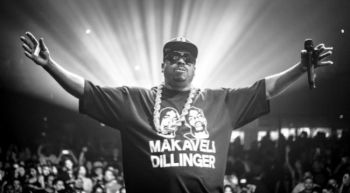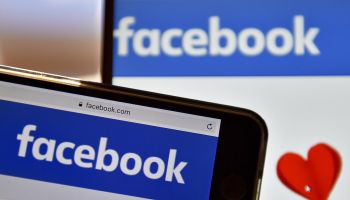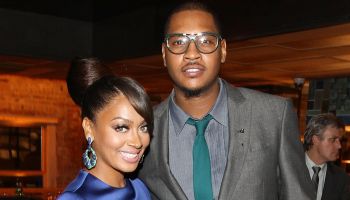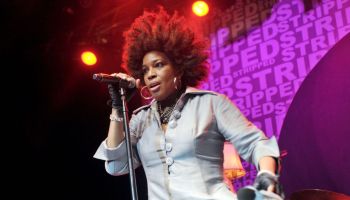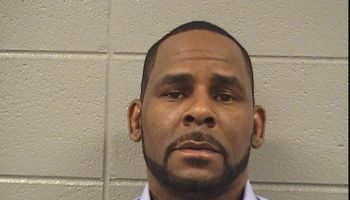For centuries, brilliant African American inventors have been contributing to the fields of science, mechanics, business, and recreation. For example, did you know the potato chip was invented by African American chef George Crum in 1853? Or that African American inventor Philip Downing patented the street letter drop mailbox in 1881? African American inventions are all around you everyday. Read on about other interesting African American inventors.
Lewis Latimer (1848 – 1928)
Invention: Carbon filament for incandescent light bulbs
After serving in the US Navy, Lewis Latimer began working for a patent law firm. During his tenure at the law offices, he was promoted from office boy to head draftsman when his boss recognized his talent for sketching patent drawings. In 1874, he co-patented an improved toilet system for railroad cars called the Water Closet for Railroad Cars Alexander Graham Bell employed the young Latimer to draft sketches for Bell’s newest invention — the Bell telephone. Latimer later went on to work for a rival inventor of Thomas Edison and received a patent for the “Process of Manufacturing Carbons”, an improved method for the production of carbon filaments for the incandescent light bulb. This patent led to Latimer’s employment with The Edison Electric Light Company as Edison’s draftsman and patent litigation expert.
George Washington Carver (1864 – 1943)
Invention: Peanut Butter
George Washington Carver was born a slave in Missouri. Carver tirelessly pursued an education for himself, finally graduating from college when he was 30 years old. Carver researched and promoted farming alternatives to cotton, such as peanuts and sweet potatoes. Carver discovered three hundred uses for peanuts and hundreds more uses for soybeans, pecans and sweet potatoes, including peanut butter, paper, ink, and oils. He worked as a professor of agriculture at the Tuskegee Institute.
Dr. Daniel Hale Williams (1856 – 1931)
Invention: Performed the first successful open-heart surgery
The son of a Pennsylvania barber, Daniel Hale Williams found his calling when he went from being a shoemaker’s apprentice to a medical apprentice. He graduated from the Chicago Medical School in 1883, and was one of only four African American doctors in the Chicago area. In an effort to combat the institutionalized racism keeping African Americans out of nursing schools, medical schools, and medical jobs, Dr. Williams founded the first African American owned hospital in the United States and the first nursing school for African Americans. Dr. Williams performed the first successful open-heart surgery on a patient with a stab wound to the chest in his hospital. The patient recovered and lived another twenty years.
Madam C.J. Walker (1867 – 1919)
Invention: Hair-growing lotion
Born Sarah Breedlove in Delta, Louisiana, Walker overcame a childhood of slavery and abuse to found the C.J. Walker Manufacturing Company. Unable to find products to treat the common scalp diseases caused by a lack of indoor plumbing and infrequent washing, Walker decided to create her own ointment and shampoo. In addition to a mail order business and door-to-door sales, Walker founded a beauty school to train women in hair care. She was the first self-made female millionaire.
Lonnie G. Johnson (1949 – )
Invention: The SuperSoaker
Engineer and inventor Lonnie George Johnson founded his own engineering firm that was ultimately purchased by Hasbro. The SuperSoaker was the top selling toy in 1991 and 1992 and has generated over $200 million in retail sales. In addition to his success as a toy inventor, Johnson also works to develop new energy technologies including new types of rechargeable batteries, solar power plants, and ocean thermal power generators.
Sarah E. Goode (1850 – 1905)
Invention: Folding cabinet bed
Sarah E. Goode was the first African American woman to be granted a patent by the U.S. Patent and Tradesmark Office for her invention, the cabinet bed, on July 14, 1885. Freed at the end of the Civil War, Goode moved to Chicago and became an entrepreneur, owner of a furniture store. Her customers often expressed that they had little room for beds in their cramped apartments, and so Goode conceived the design of what we know today as the “hide away” bed. When not in use as a bed, Goode’s invention could also be used as a desk and was the precursor to popular pieces like Murphy beds and trundle beds today.
Elijah McCoy (1844 – 1929)
Invention: Steam engine lubricant
Elijah McCoy was an Edinburg educated inventor and engineer who eventually acquired 57 US patents. McCoy is most famous for inventing an automatic lubricator for oiling locomotive and boat steam engines that allowed these engines to run longer and faster. Elijah McCoy is the man behind the phrase “the real McCoy”, meaning “the real thing”. It is said that railroad engineers looking to avoid inferior copies of McCoy’s invention would inquire if a locomotive was fitted with “the real McCoy system”.
Garrett Morgan (1877 – 1963)
Invention: Gas mask
When Garrett Morgan was fourteen, he moved from his hometown in Kentucky to Ohio to pursue his destiny. Morgan worked as a sewing machine repairman, eventually opening up his own sewing machine, shoe repair, and tailor shop. After hearing about the Triangle Shirtwaist Factory fire, Morgan patented a “safety hood and smoke protector”. Using this new invention, he and two other men gained national recognition as heros when they helped rescue workers trapped in a tunnel explosion under Lake Erie. He also patented his own version of the traffic signal, but it was never put into production.
NEWSONE.COM











